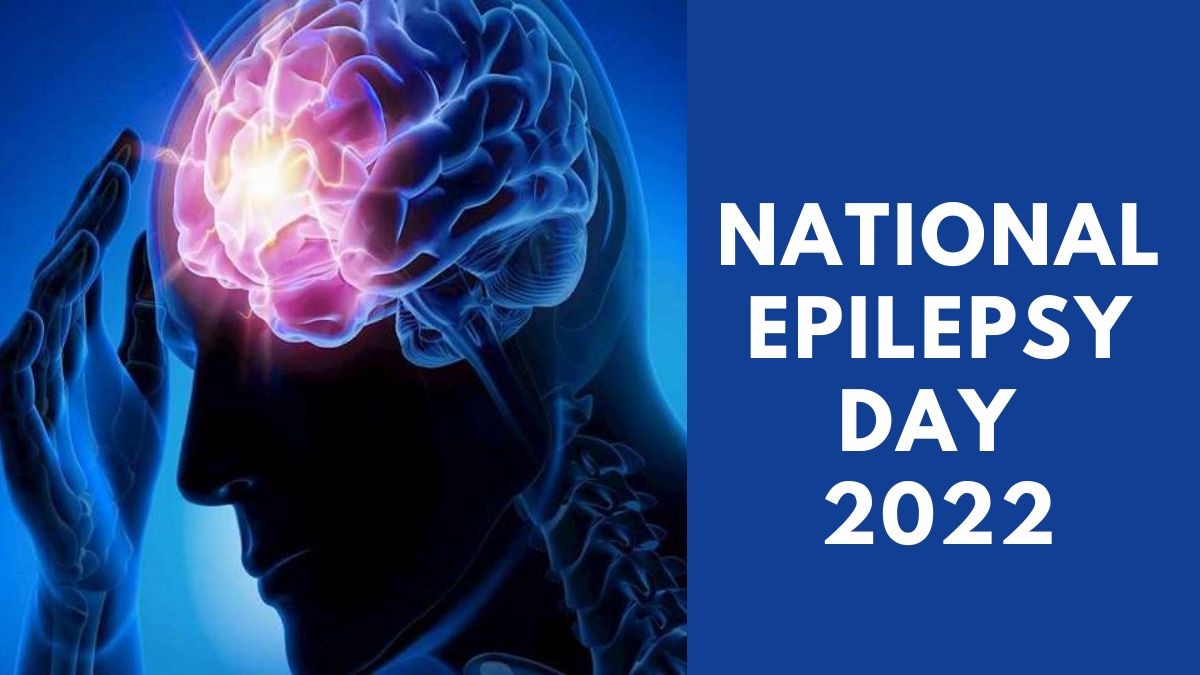- By Prerna Targhotra
- Thu, 17 Nov 2022 11:37 AM (IST)
- Source:JND
EPILEPSY is a neurological disorder in which the nerve cell activity in the brain is disturbed and results in causing seizures. It leads to abnormal brain activity, seizures or periods of unusual behaviour and loss of awareness or consciousness. To spread awareness about this disorder, National Epilepsy Day is observed on November 17 every year.
According to World Health Organization (WHO), around 50 million people worldwide are diagnosed with epilepsy which makes it one of the most common neurological diseases globally. The risk of premature death in people diagnosed with epilepsy is up to three times higher than in the general population. Epilepsy occurs along with two or more unprovoked seizures. seizures. Let's have a look at the different types of seizures in epilepsy.
Seizures In Epilepsy
A seizure is a sudden, uncontrolled electrical disturbance in the brain which causes changes in behaviour, feelings and levels of consciousness. Different types of seizures depend upon the symptoms and severity. Most seizures last for around 30 seconds to two minutes, however, a seizure that lasts longer than five minutes is a medical emergency.
1. Focal Seizures
A type of seizure that occurs in epilepsy is focal seizure which results from abnormal electrical activity in one area of the brain. It can occur with or without loss of consciousness or awareness. Some symptoms of focal seizures may include migraine, narcolepsy or mental illness. Further, some subcategories of this seizure type include:
Focal seizures with impaired awareness: It includes loss of consciousness or awareness which feels like being in a dream. You may be awake but stare into a space and do not respond normally to the environment. In this seizure, you might witness hand rubbing, mouth movements and the repeating of certain words in a circle.
Focal Seizures without loss of consciousness: They may change the smell, feel, taste or sound without losing consciousness. Some people might experience nausea along with difficulty in speaking, tingling, dizziness and seeing flashing lights.
2. Generalized Seizures
This category of seizure involves all areas of the brain and includes absence seizures, tonic seizures, atonic seizures, clonic seizures, myoclonic seizures and tonic-clonic seizures.
Absence Seizures: Also known as 'Petit Mal Seizures', it often occurs in children and can be categorized with symptoms of staring into a space, subtle body movements such as eye blinking, and usually lasts for about five to ten seconds. The person also might face a brief loss of awareness.
Tonic Seizures: They may cause stiffness in the muscles in the back, arms, and legs and loss of consciousness.
Atonic Seizures: Also known as Drop Seizures, they cause loss of muscle control and may cause sudden collapse.
Clonic Seizures: They are associated with repeated jerking muscle movements which may affect your neck, face and both arms.
Myoclonic Seizures: With the absence of loss of consciousness, this type of seizure occurs as sudden twitches of arms and legs.
Tonic-clonic Seizures: They can lead to sudden loss of consciousness with body stiffening, shaking, loss of bladder control or biting your tongue. It can last for several minutes.
When To See A Doctor
According to Mayo Clinic, one must consider seeing a doctor when the seizure episodes last for more than five minutes, a second seizure follows immediately after the other, experiencing heat exhaustion, you're pregnant, diabetic and might have injured yourself during a seizure.
(Disclaimer: This article is for informational purposes only. It is not a substitute for professional advice, diagnosis or treatment.)

